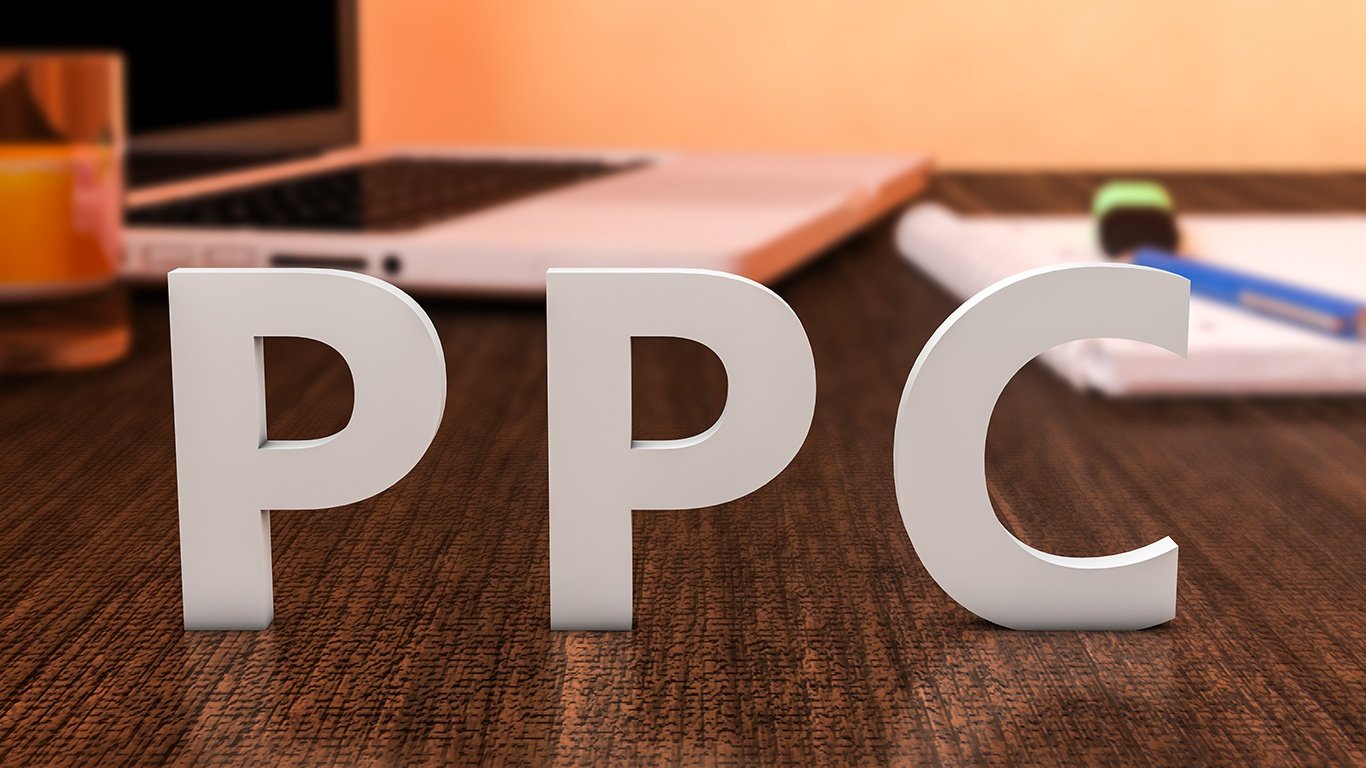 Pay-per-click (PPC) advertising can be a highly successful and cost-effective way to attract qualified leads and guide them through the buyer’s journey.
Pay-per-click (PPC) advertising can be a highly successful and cost-effective way to attract qualified leads and guide them through the buyer’s journey.
According to SearchEngineLand.com, the top 3 PPC ad spots receive more than 40% of clicks on the page which obviously translates to a massive advantage as well as a prime opportunity for businesses facing heavy competition to rank high for popular keyword search terms.
However, simply launching a PPC campaign and hoping that it sweeps you away to a Lead Generation Wonderland probably won’t improve your bottom-line (though it will certainly improve Google’s). That’s because you need to enhance your PPC results with inbound marketing best practices to get the most ROI from your campaign.
Below, we highlight 3 best practices that should be part of your core strategy:
How Inbound Marketing Helps Increase Your PPC Campaign’s ROI
1. Keyword Selection + Buyer Personas
A major element of inbound marketing involves developing buyer personas. These are fictional profiles of your different target market groups that capture their goals, challenges, problems and interests.
In addition to using buyer personas to calibrate and create great content – such as blog posts, eBooks, Infographics, white papers, datasheets, and so on – you can use them to research and select low competition, low cost, yet high impact keywords (a.k.a. long-tail keywords) that will spark your customers’ interest. This can lead to more clicks, more conversions and more sales.
2. Landing Pages + Assets
One of the most common mistakes that businesses make with their PPC campaigns – and also one of the costliest – is that they only drive customers to an existing page on their website (usually their home page).
And while this is not always a mistake, in many situations, it would be far more effective to drive customers to a specially-crafted landing page that offers an inbound marketing asset, such as an eBook. This is because many searchers aren’t ready to buy yet. They’re in the research and discovery phase and the less work they need to do to find what they’re looking for the better.
For example, a customer who searches for “best office relocation company” could be presented with a PPC ad that invites them to download a free eBook, which responds to this inquiry (e.g. “How to Choose the Best Office Relocation Company”).
When they click the ad, instead of being taken to the company’s home page, they’re ushered to a landing page that affirms that they’re “in the right place” and makes it fast and easy for them to download their eBook after filling out a brief form. They get an impressive eBook, and you get their contact information – everyone wins.
3. Retargeting
Retargeting involves pushing specific PPC ads to customers based on their browsing history. For example, someone who visits a website that sells new cars would start seeing Facebook ads (by no coincidence) from companies that sell cars, rent cars, offer car buying information, etc.
Retargeting integrates effectively with inbound marketing because it helps “remind” customers to continue the journey that they recently started. What’s more, this reminder is not an aggressive sales pitch – which would be pointless, because if the customer wanted to buy, they probably would’ve done so already (i.e. nobody “forgets” to buy a car). And since inbound marketing is primarily about informing and influencing customers rather than directly selling to them, it’s the perfect way to re-kindle the relationship.
For example, the aforementioned car shopper can be retargeted with a PPC ad that invites them to download an eBook entitled, “The 5 Things You Must Know BEFORE You Buy a Car!” Or the offer may be an Infographic covering ways to slow down new car value depreciation. Neither of these are sales pitches, yet they achieve the goal of pulling the customer back into the relationship – one that they’ll hopefully move forward and ultimately lead to making a purchase in the near future.
The Bottom Line
For many businesses – particularly small ones that have well-heeled competitors with huge online marketing budgets – PPC campaigns can be highly effective and surprisingly affordable. But the campaigns have to integrate with inbound marketing. When that happens, businesses spend less money and less time to get more customers and more sales. And isn’t that the point of all this marketing in the first place?
Learn more by contacting Leap Clixx today, and scheduling your free, no obligation consultation to discuss how we can optimize your PPC strategy and strenthen your inbound marketing efforts.






